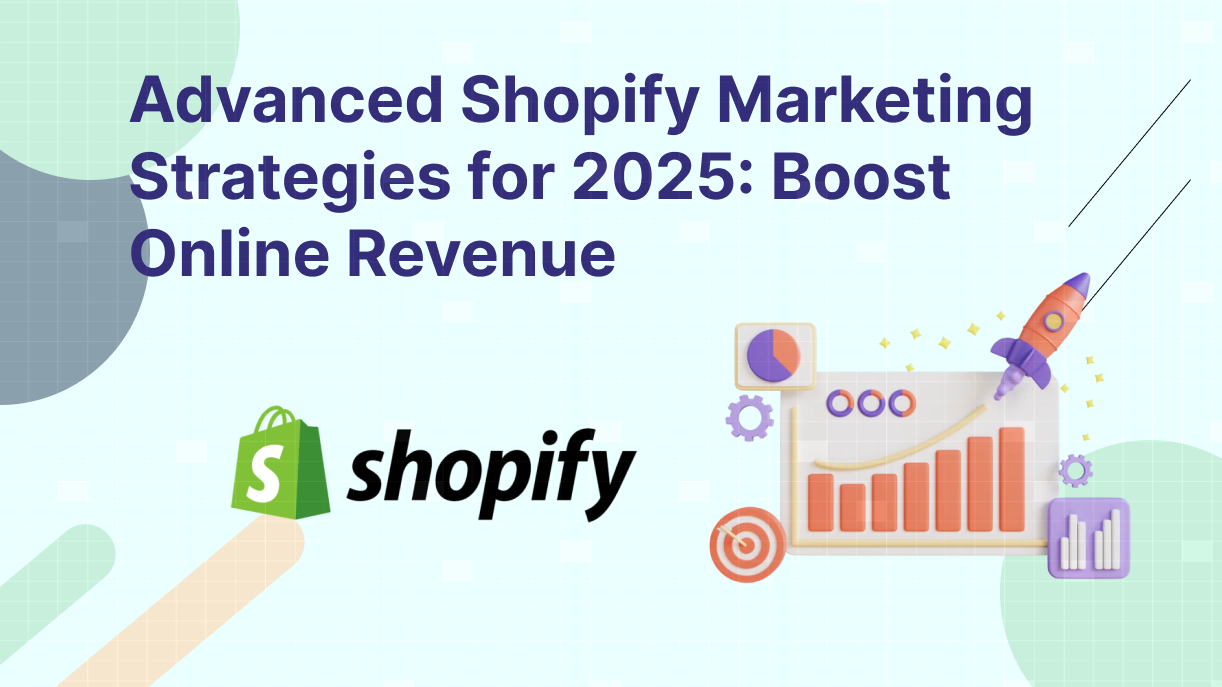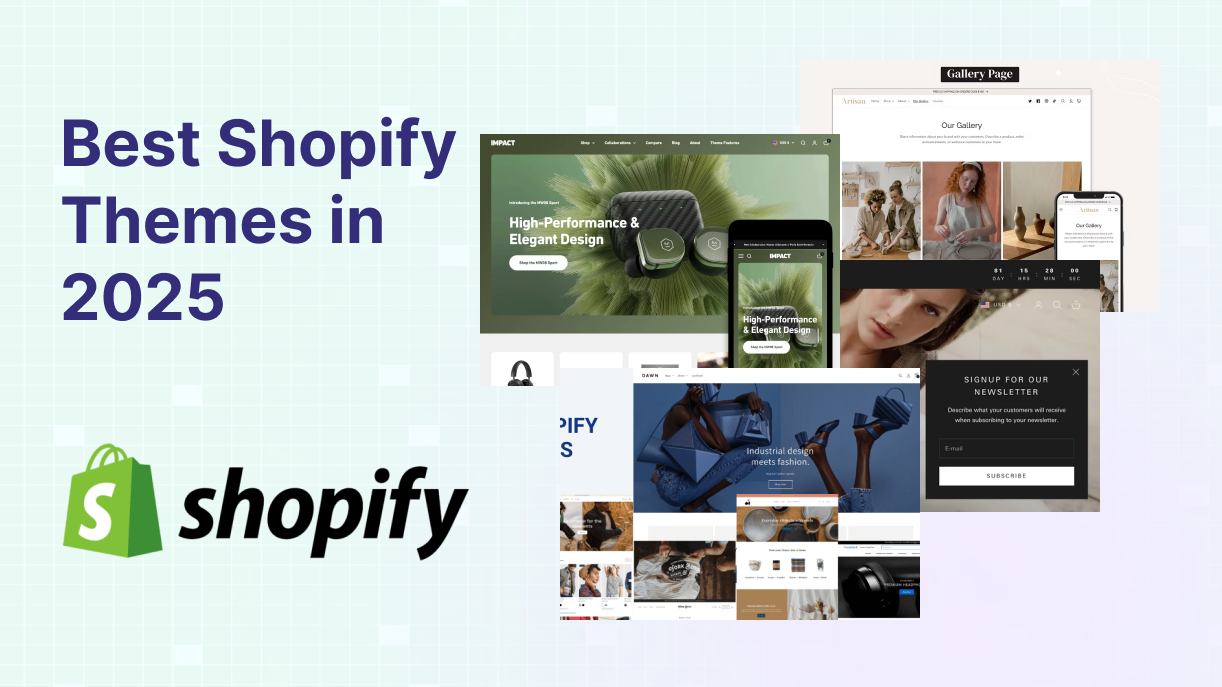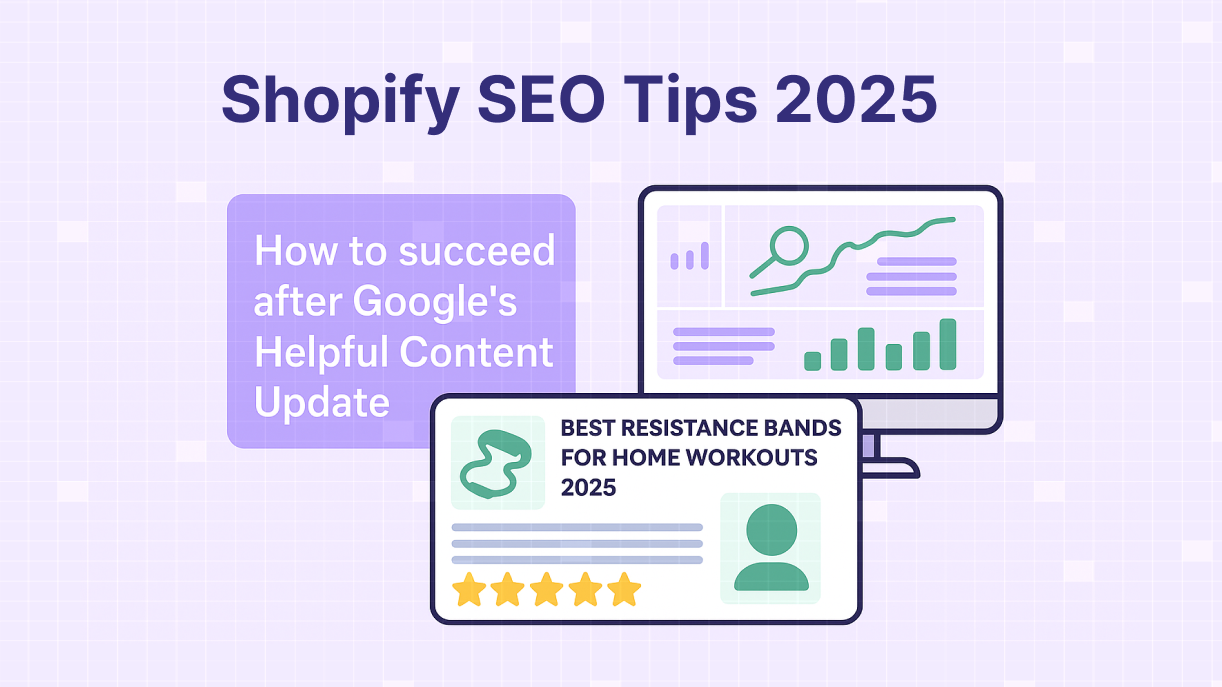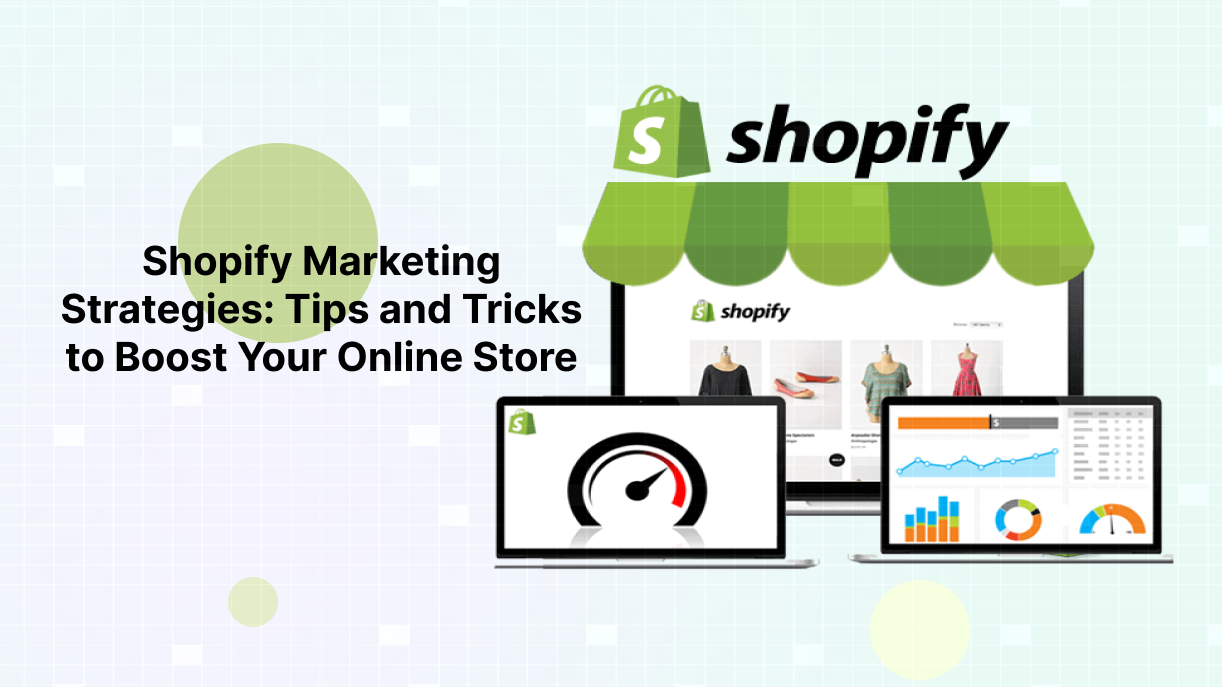
Shopify Marketing Strategies: Tips and Tricks to Boost Your Online Store
Why Marketing Matters for Your Shopify Store
In the competitive world of ecommerce, a well-executed marketing strategy can transform your Shopify store from a hidden gem into a thriving marketplace. Research suggests that businesses with a clear marketing plan are more likely to achieve their goals, as it provides a roadmap to attract and convert customers. Whether you’re targeting markets in the US, UK, or France (using virtual machines with country-specific IPs, as you mentioned), these strategies can help you succeed.
This guide shares five actionable Shopify marketing tips to grow your store, from leveraging social media to partnering with influencers. Let’s get started!
Include a vibrant image of a Shopify store dashboard or a successful online shop. Search for “Shopify store dashboard” on Unsplash.
Tip 1: Leverage Social Media to Build Your Brand
Social media platforms like Instagram, Facebook, and TikTok are powerful tools for ecommerce marketing on Shopify. They allow you to showcase products, engage with customers, and drive traffic to your store.
- Define your audience and focus on platforms they use most, like Instagram for fashion or TikTok for younger audiences.
- Create engaging content with high-quality images, videos, and stories. Brands like Glossier use Instagram to share user-generated content (UGC), boosting engagement by up to 29%.
- Use hashtags like #ShopifyStore to increase visibility.
- Run targeted ads with Facebook and Instagram Ads, leveraging Shopify’s seamless integration.
- Engage actively by responding to comments and messages to build trust.
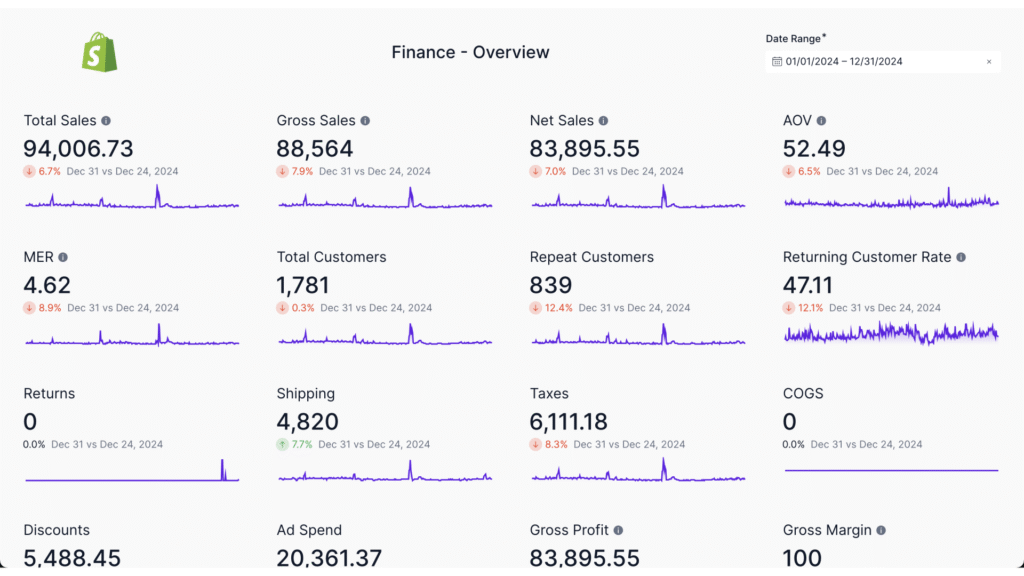
Tip 2: Master Email Marketing for Customer Retention
Email marketing is a cost-effective way to nurture leads and drive repeat purchases, with an ROI of up to $42 for every $1 spent. Shopify Email makes it easy to create professional campaigns.
- Build your email list with pop-ups or incentives like discounts. Apps like Privy (affiliate link) simplify this process.
- Segment your audience based on purchase history or behavior to send targeted emails.
- Create engaging content with compelling subject lines, high-quality images, and clear CTAs using Shopify Email templates.
- Automate campaigns for welcome emails, abandoned cart reminders, and post-purchase follow-ups.
- Personalize emails by addressing customers by name and recommending products.
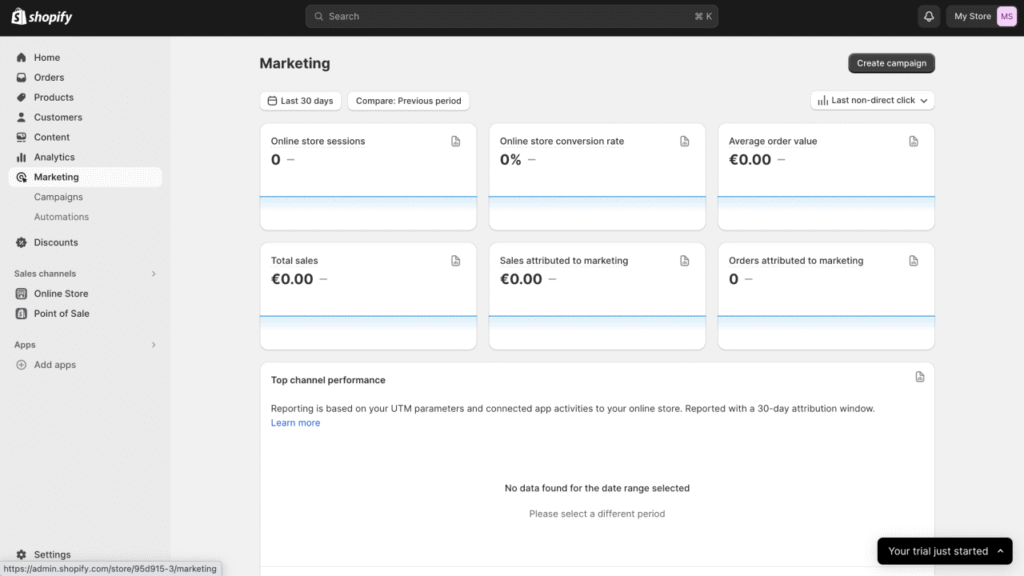
Tip 3: Run Effective Ads on Facebook and Google
Paid ads on Facebook and Google can drive immediate traffic to your Shopify store, with retargeting ads increasing conversions by up to 150%.
- Set clear objectives like brand awareness, lead generation, or sales.
- Target the right audience with Facebook’s detailed targeting or Google’s keyword targeting.
- Create compelling ads with eye-catching visuals and persuasive copy. Test formats like carousel or video ads.
- Optimize for conversions using the Facebook Pixel or Google Analytics.
- Monitor and adjust ad performance regularly.
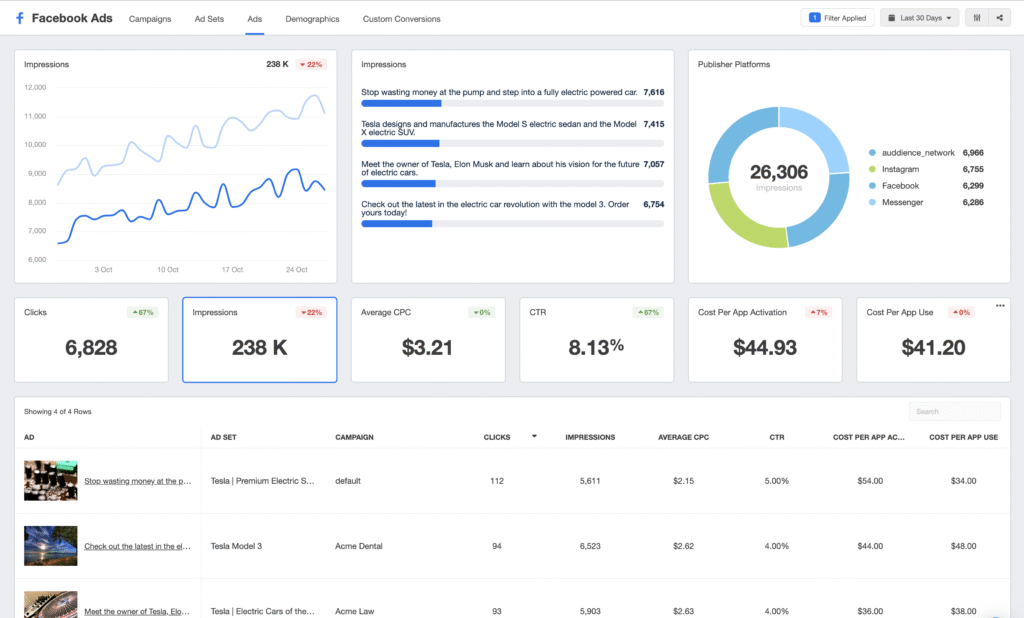
Tip 4: Optimize SEO for Organic Traffic
SEO is essential for driving organic traffic to your Shopify store. With Google processing over 16.4 billion searches daily, optimizing your site can attract high-intent customers.
- Use a mobile-friendly theme for mobile-first indexing.
- Set up Google Analytics and Google Search Console for performance tracking.
- Organize pages logically (Homepage, Category, Subcategory, Product) and interlink them.
- Use branded domains and keyword-rich slugs.
- Compress images and minimize code to improve site speed.
- Use Semrush (affiliate link) for keyword research.
- Publish blog posts with keywords, images, and CTAs.
- Optimize product pages with keywords in titles, descriptions, and alt text.
- Add schema markup for rich snippets.
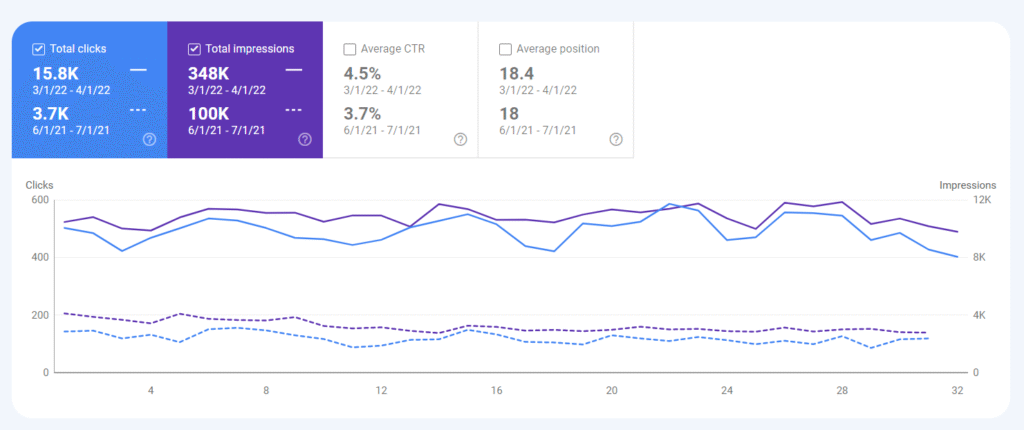
Tip 5: Collaborate with Influencers and Affiliates
Partnering with influencers and affiliates can expand your reach and build credibility, with UGC increasing trust by up to 79%.
- Use Shopify Collabs or apps like Tapfiliate (affiliate link) for affiliate management.
- Set competitive commission rates to attract quality affiliates.
- Target influencers with aligned audiences and create a recruitment page.
- Provide training, banners, and product images.
- Maintain communication with newsletters or webinars.
- Reward top performers with bonuses or higher commissions.
- Track performance with analytics.
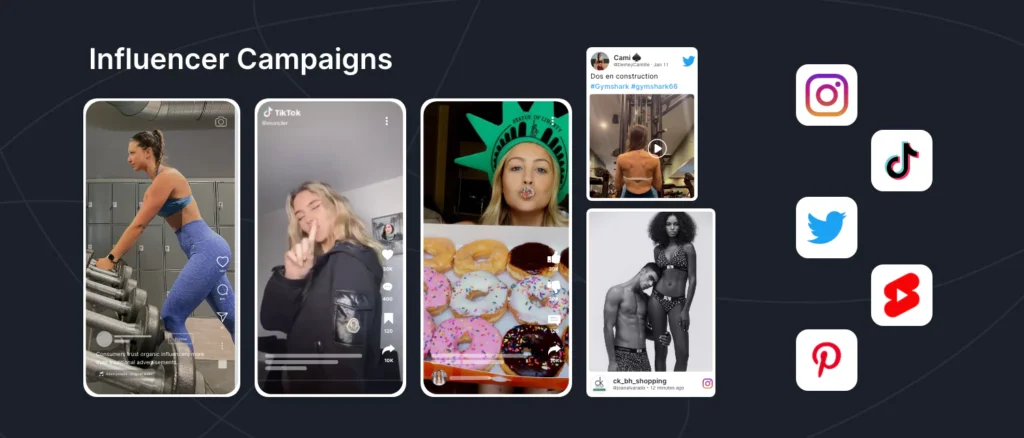
Conclusion: Take Action to Grow Your Shopify Store
These Shopify marketing strategies—social media, email marketing, paid ads, SEO, and influencer/affiliate partnerships—provide a roadmap to grow your online store. Start with one or two tactics that align with your goals, then scale up as you see results. Shopify’s tools and apps make it easy to implement these strategies effectively.
Ready to boost your ecommerce game? Sign up for Shopify today and explore their powerful marketing tools to take your store to the next level.
For more proven tactics and expert tips, check out Boostsy.app — your go-to resource for growing a powerful Shopify business.


